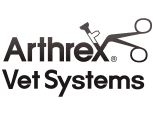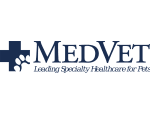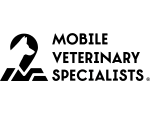A cesarean section (“C-section”) is an incision through the abdominal wall into the abdomen which is used to isolate the uterus. An incision is made through the uterus in order to deliver the calf. C-sections are necessary in cattle when vaginal delivery is too difficult and is not progressing in the expected amount of time and therefore could endanger the life of the cow or the life of her calf.
C-Sections are generally performed on calves that are too large, which is common with an immature heifer (first time mother) and for embryo transfer calves. Other indications include:
- Inadequate cervical dilation (not enough relaxation of the cervix muscles)
- Abnormal pelvic bone conformation (shape) in the cow
- Rupture of the cow’s abdominal musculature
- Problems with uterine position or uterine function
- Abnormalities of the cow’s uterus or vagina
- Abnormal calf position that is not correctable through the vagina
- Fetal monsters (congenital defects)
- Presence of a dead fetus
A complete physical examination should be performed that includes an assessment of the cow’s heart rate, respiratory rate, and temperature. Mammary glands should be checked for infection andrumen motility (digestive motion) is evaluated and treated concurrently, if necessary. Rectal and vaginal examinations may also be performed to assess the position of the uterus and fetus.
C-section is a procedure that can often be performed in the field. If there are complications, such as a severely devitalized (dead and necrotic) calf, or the cow or calf is extremely valuable, your primary care veterinarian may choose to refer you to an ACVS board-certified veterinary surgeon.
The surgical approach for a C-section depends on the preference of the surgeon, the temperament of the cow, and the facilities/assistance available. Many C-sections can be performed with the cow standing (Figures 1 and 2); surgery may be performed with the cow on her side if she is very sick or the calf is dead. Cows that are severely dehydrated may need IV fluids prior to surgery. If the cow is straining she may need an epidural (a nerve block of her perineal region) prior to surgery to reduce the amount of straining. Your veterinarian may recommend antibiotics & non-steroidal anti-inflammatory drugs.
A relatively large incision is made into the abdomen so that one horn of the uterus can be brought to the outside (Figure 3 and 4). The uterus is carefully incised, chains are placed around the calf’s limbs, and the calf is delivered (Figure 5). The uterus is then closed, the area is rinsed with sterile fluids, and the abdominal incision is closed (Figure 6). In some instances it may be possible to perform a fetotomy (vaginal removal of portions of the calf’s body) rather than a C-section if the fetus is dead-this is a decision best made by an experienced bovine practitioner.
If the cow has a uterine torsion (a twisted uterus) it may be necessary to correct the torsion prior to delivering the calf. This can be done by rolling the cow. The cow is placed on her side & a plank is placed on her flank to hold the uterus in place while the cow is rolled around it. A person stands on the plank to keep the uterus in position. If this is not successful, then the uterine torsion can be corrected at surgery either before or after delivering the calf.
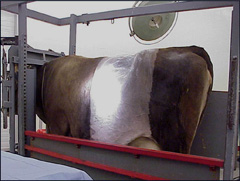
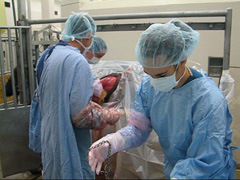
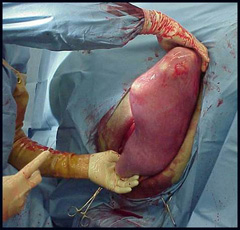
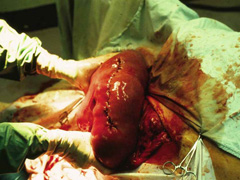
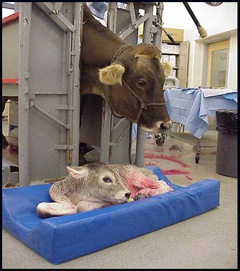
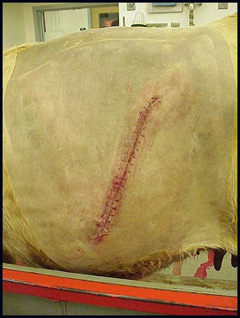
Prognosis for recovery after C-section is generally good. To avoid C-sections, the cow and bull being bred should be of similar size and cows should be monitored carefully when they are close to delivery. Your veterinarian should be contacted immediately in the event of a difficult birthing to maximize the chances of cow and fetus survival. Postoperatively, the cow should be watched for dehydration and mastitis (mammary gland infection). Incisional complications and retained placentas (a placenta which is not passed within 24 hours) may also occur following C-section and may require treatment with antibiotics and anti-inflammatories.

